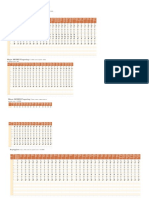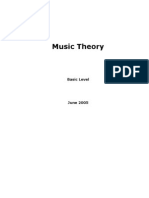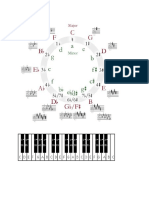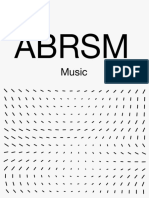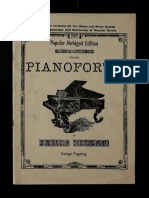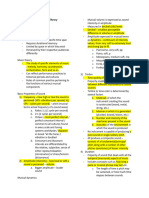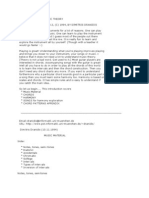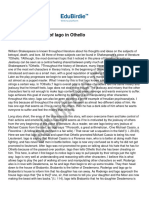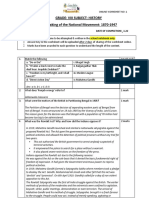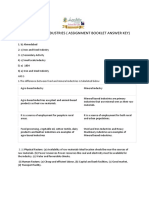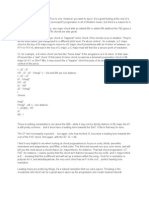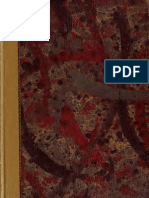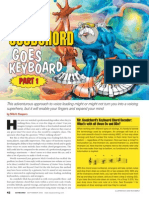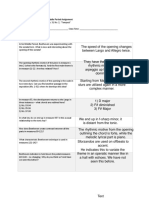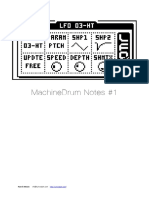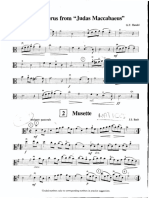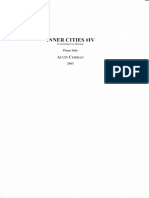0% found this document useful (0 votes)
63 views10 pagesMusic Notes (Mock Exams)
This document provides an overview of important music notation concepts including:
1) Dynamic, tempo, and expression markings that indicate volume, speed, and feel of a piece.
2) Ornaments like trills and turns that embellish notes.
3) Articulation signs like staccato and legato that specify note duration and separation.
4) Clefs like treble and bass clef that establish pitch placement on the musical staff.
5) Key signatures for major and minor scales involving sharps and flats.
6) Time signatures that specify note value in each bar.
7) Intervals between notes and common scale patterns.
Uploaded by
simplyshriyaCopyright
© © All Rights Reserved
We take content rights seriously. If you suspect this is your content, claim it here.
Available Formats
Download as PDF, TXT or read online on Scribd
0% found this document useful (0 votes)
63 views10 pagesMusic Notes (Mock Exams)
This document provides an overview of important music notation concepts including:
1) Dynamic, tempo, and expression markings that indicate volume, speed, and feel of a piece.
2) Ornaments like trills and turns that embellish notes.
3) Articulation signs like staccato and legato that specify note duration and separation.
4) Clefs like treble and bass clef that establish pitch placement on the musical staff.
5) Key signatures for major and minor scales involving sharps and flats.
6) Time signatures that specify note value in each bar.
7) Intervals between notes and common scale patterns.
Uploaded by
simplyshriyaCopyright
© © All Rights Reserved
We take content rights seriously. If you suspect this is your content, claim it here.
Available Formats
Download as PDF, TXT or read online on Scribd
/ 10











